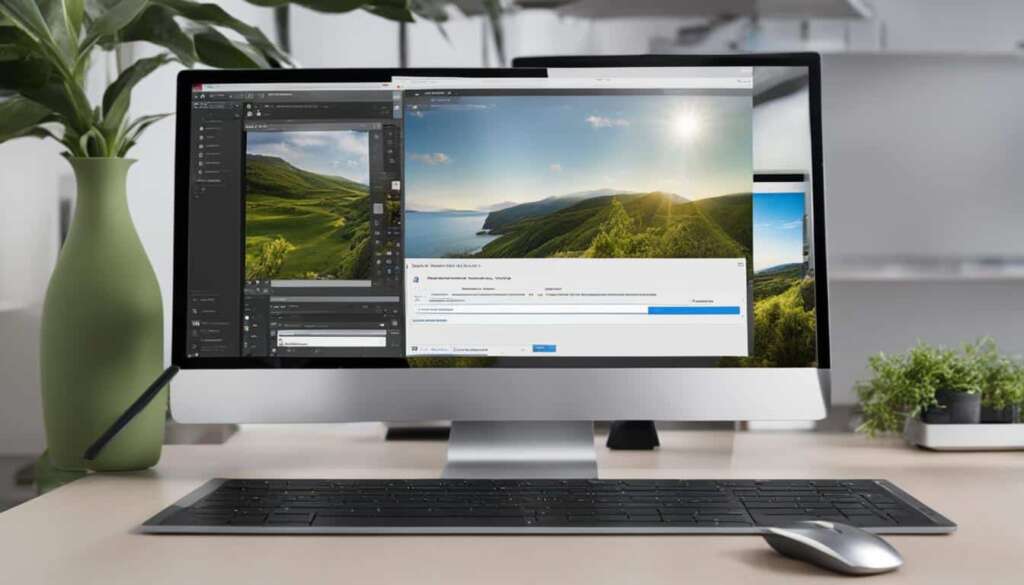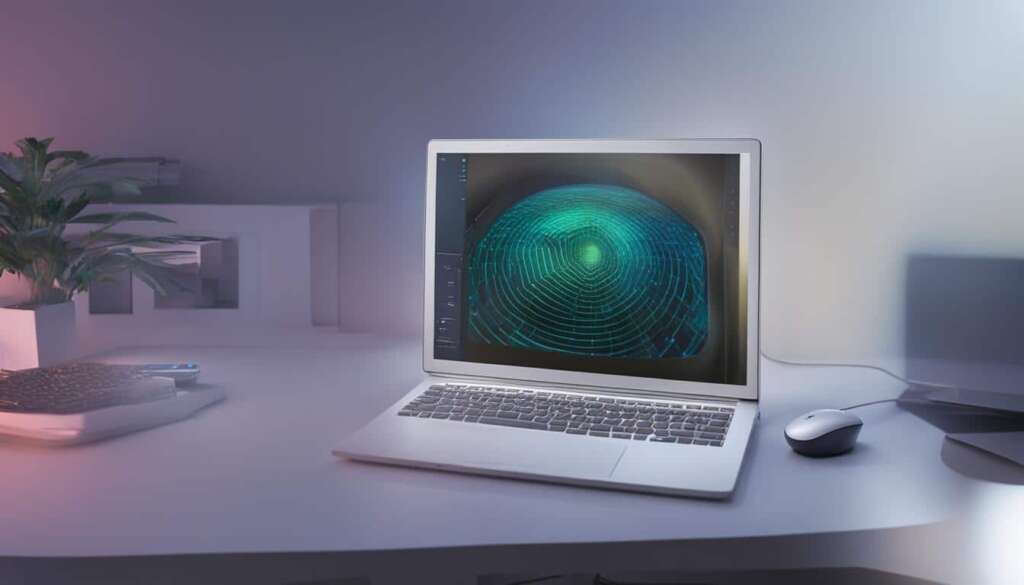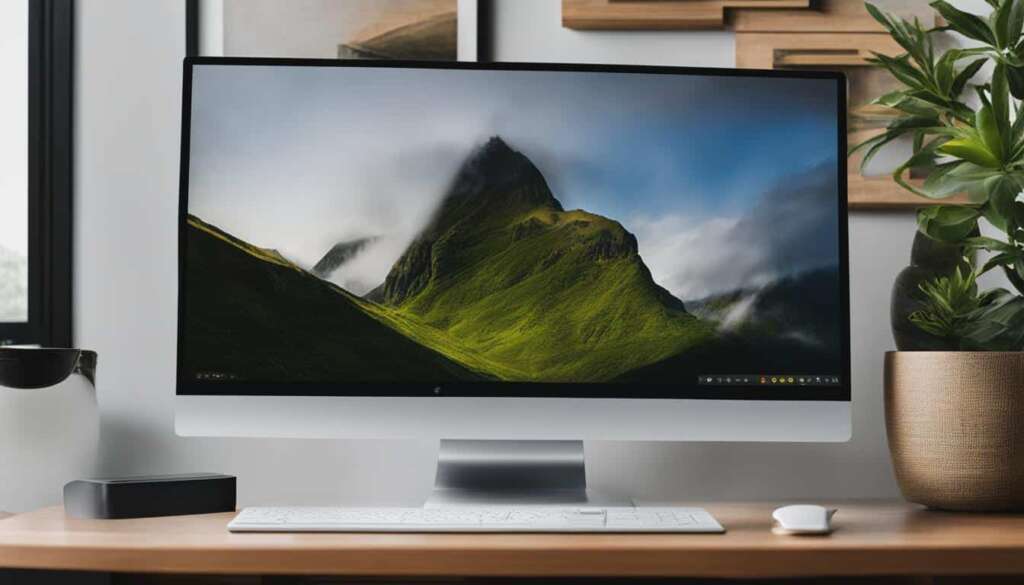Table of Contents
Are you curious about what programs are currently running on your PC? Do you want to monitor your system resources and ensure optimal performance? Look no further than the Microsoft Windows Task Manager!
The Task Manager is a powerful tool that provides a comprehensive view of the active applications and processes on your PC, allowing you to stay in control of your system. With just a few clicks, you can check running programs, view active processes, and monitor system resources.
By accessing the Task Manager through simple keyboard shortcuts or the taskbar, you gain valuable insights into the programs currently running on your PC. It’s your go-to tool for troubleshooting any issues related to program usage or resource allocation.
With the Task Manager, you can easily navigate through tabs to view applications and processes. The Applications tab displays all currently open programs, while the Processes tab provides a more detailed overview of all running processes, including the system resources they utilize.
Not only can you see what’s running on your PC, but you can also take control of your system’s performance. The Task Manager allows you to manage resource usage by sorting processes based on CPU or memory usage. This feature helps you identify any programs that may be consuming excessive resources, causing performance issues or slowdowns on your PC.
Furthermore, the Task Manager enables you to end tasks or processes that are unresponsive or consuming too many system resources. By terminating these applications, you can troubleshoot issues, improve system performance, and free up valuable resources.
Remember, while the Task Manager is a powerful tool, exercising caution is key when ending tasks or processes. Some processes may be essential for the proper functioning of your operating system.
So, if you want to check running programs, view active processes, and monitor system resources effortlessly, harness the power of the Microsoft Windows Task Manager. Maximize your PC’s performance and take control of what’s happening behind the scenes!
How to Open the Windows Task Manager and View Applications and Processes
Opening the Windows Task Manager is a straightforward process that can be done using keyboard shortcuts or a simple right-click on the taskbar. Once the Task Manager is open, you will be presented with two main tabs – Applications and Processes.
The Applications tab in Task Manager provides a quick overview of the currently open and running programs on your PC. This tab displays the names of the applications, the status (whether they are responsive or not), and the user account associated with each application.
The Processes tab offers a more detailed view of all the running processes on your PC. This includes both system and user processes. You can sort these processes based on CPU or memory usage to identify any programs consuming excessive system resources. This granular view allows you to quickly determine which processes are hogging system performance and take necessary actions.
The Task Manager is a powerful tool that goes beyond simply viewing applications and processes. It also provides real-time data on CPU usage, memory usage, disk usage, and network activity. This information can be instrumental in diagnosing performance issues and optimizing your PC’s resource allocation.
By effectively navigating the Task Manager tabs, you gain valuable insights into the active programs running on your PC and can take proactive measures to enhance performance and productivity.
The Windows Task Manager provides a comprehensive view of your PC’s performance and the programs running on it.
Using Task Manager to Manage Processes and Resource Usage
The Task Manager in Windows provides a powerful set of tools to manage the processes and resource usage on your PC. With the ability to end tasks or processes, you can effectively close unresponsive applications or programs that are consuming excessive resources.
By selecting a process or application in the Task Manager and clicking the “End task” or “End Process” button, you can terminate troublesome programs and free up system resources. However, it is important to exercise caution when ending tasks or processes as some may be essential for the proper functioning of the operating system.
In addition to managing active processes, the Task Manager allows you to monitor resource usage such as CPU or memory. By sorting processes based on these parameters, you can identify any programs that may be causing performance issues or slowing down your PC. This information helps you optimize your system’s performance and ensure smoother multitasking.
In conclusion, leveraging the Task Manager effectively enables you to take control of the running programs on your PC. You can end unresponsive applications, manage resource usage, and optimize your system’s performance. Whether you need to troubleshoot issues or simply improve efficiency, the Task Manager is the go-to tool for managing processes and ensuring your PC runs smoothly.
FAQ
How can I see what programs are running on my PC?
You can easily check the running programs on your PC by opening the Windows Task Manager. It provides an overview of all active applications and processes.
How do I open the Windows Task Manager and view applications and processes?
To open the Windows Task Manager, you can use keyboard shortcuts or right-click on the taskbar. Once opened, the Task Manager displays two main tabs – Applications and Processes. The Applications tab shows the currently open and running programs, while the Processes tab provides a more detailed view of all running processes.
How can I manage processes and monitor resource usage with the Task Manager?
Within the Task Manager, you have the ability to end tasks or processes that are not responding or using excessive resources. By selecting a process or application and clicking the “End task” or “End Process” button, you can effectively close the program. Additionally, you can sort the processes based on CPU or memory usage to identify any programs consuming excessive resources. This allows you to optimize your system’s performance and troubleshoot any issues related to program usage or resource allocation.







